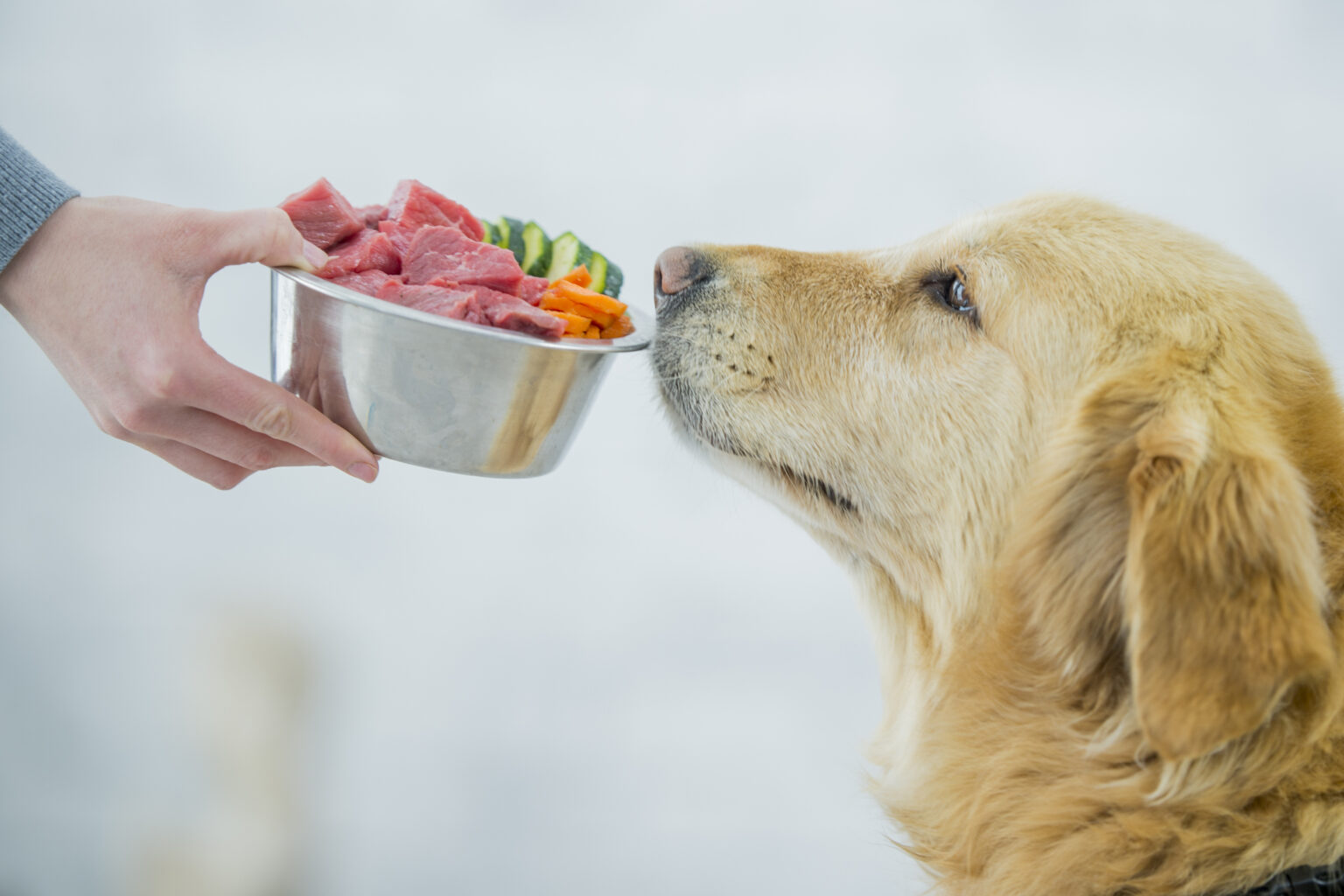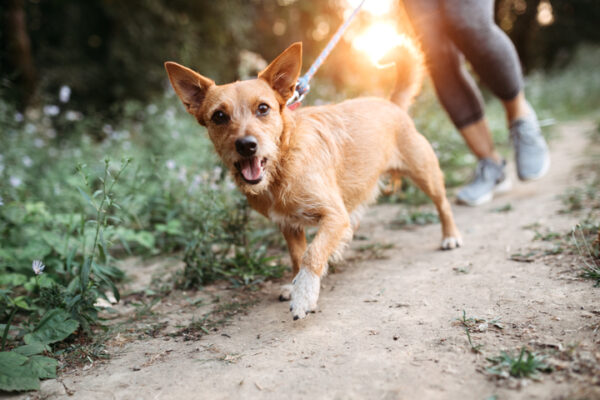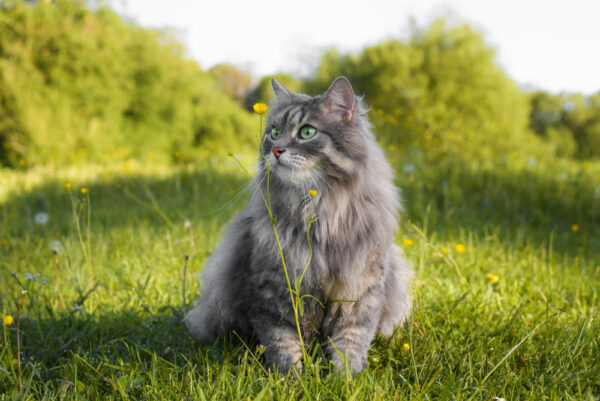Natural raw dog food has been a topic of growing interest in recent years, especially for dogs with skin and digestive concerns. Despite its popularity, there is still some confusion surrounding the benefits and dangers of frozen raw dog food. To help clear the air, our resident vet has pulled together a handy ‘raw dog food for beginners’ guide.
Is raw dog food good for dogs?
While the veterinary profession is divided, raw dog food has been found to be beneficial for some dogs.
But before we delve into the real meat, we need to answer the fundamental question: what is raw dog food? Sometimes referred to as BARF – meaning ‘biologically appropriate raw food’ or ‘bones and raw food’ – raw dog food is uncooked. This means it has not undergone any form of cooking processes, like baking, steaming or boiling. There are multiple ways to approach a raw dog food diet plan, including fresh, freeze-dried and frozen. It is usually also a grain free dog food. It’s important to understand the pros and cons before introducing any diet to your pet – especially when it comes to a raw dog food diet plan.
While there is very little scientific evidence to support the benefits of raw dog food over regular kibble dry dog food, some vets and pet parents advocate feeding raw dog food. This is usually due to their experiences of a raw diet improving certain dog conditions e.g. atopic dermatitis, digestive problems, and diabetes. When considering feeding a raw dog food, remember that any meal you feed should always be nutritionally balanced. This means containing all of the nutrients your dog’s body needs – i.e. not just simply feeding your dog a raw steak from your fridge. The same is true for any type of dog food.
If you do choose to feed a raw dog food, or any other non-traditional diet such as vegan dog food, it’s important that you mention this to your vet. Research feeding a tested and trustworthy complete and balanced raw dog food or appropriate raw diet dog treats.
Are there any dangers to feeding dogs raw dog food?
Yes, there can be dangers of feeding a raw dog food diet for dogs:
- There is a risk of disease related to nutrition, including deficiencies and obstructions from bones.
- There’s not only a potential health and safety risk to your dog if they are eating raw dog food, but also to your family. This is especially true when it comes to the immunocompromised, such as children, grandparents, and chemotherapy patients.
- In recent years there has been an outbreak of bovine tuberculosis in cats in the UK, as well as a listeria scare in dogs. Both conditions can be linked to bacteria from raw food.
- There have been links found between dilated cardiomyopathy and grain free diets – including raw, homemade and other ‘boutique’ dog foods.
Other disadvantages of feeding a raw dog food diet include:
- It can be inconvenient if a dog sitter is minding your dog whilst you’re on holiday.
- Some veterinary hospitals will not allow your dog to be fed raw food if they’re staying in hospital overnight.
Both of these disadvantages would mean your dog’s diet might have to change from their usual routine, which isn’t recommended. Any new foods should be introduced to your dog gradually to avoid digestion issues – you shouldn’t simply change dog food overnight.
Our articles are not a replacement for face-to-face vet advice. It’s important to consult with your vet on a regular basis to raise any pet concerns that you may have.



